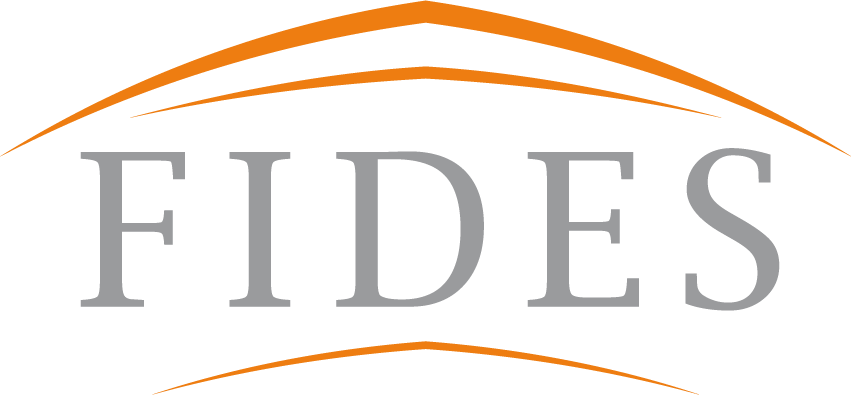Security
Technologies
For the security technologies listed below, we provide design and implementation of technical security solutions for buildings of various sizes and categories in accordance with applicable standards, Czech legislation and EU directives. We also deal with subsequent service operations and regular revisions required by applicable legislation with regard to the needs and capabilities of your company.
MARC
The Monitoring and Alarm Receiving Center LATIS (EN 50518) is a receiving center with an operator to which information about the status of one or more I&HAS alarm security and emergency systems ASSET, which are installed in guarded buildings, is transmitted. In the case of the extension of MARC to the monitoring of the VSS (CCTV) camera system (DVS) in the guarded building, the effectiveness of surveillance increases. The operator is then able to accurately evaluate, based on the captured event with the possibility of recording back, what type of event it is and respond to it adequately. By connecting the building to the MARC, its 24-hour supervision is ensured from the point of view of safety as well as the technical condition of the system, thus increasing its safety.
We offer MARC (LATIS), which is a certified reception center that meets the conditions for the operation of the MARC of the Police of the Czech Republic.
I&HAS
According to the EN 50131 standard, the Intrusion and Hold-up Alarm System is a set of technical means to increase the safety of guarded areas. From the point of view of I&HAS ASSET these are control units (switchboards) that evaluate the states of the connected intrusion detectors. I&HAS is designed primarily for rapid detection of the presence or attempt of unauthorized intrusion into the guarded area and subsequent transmission of this information locally or remotely to the MARC.
We will create a tailor-made technical security solution design for your objects of all sizes or categories. We always proceed in accordance with valid standards, legislative regulations of the Czech Republic and EU directives.
ACS
Access Control System (EN 60839) is used where it is appropriate or necessary to control and regulate the access of persons to the building or its parts and is related to the regime measures of the company. ACS (ASSET) controls access to protected areas, equipment and information based on defined access rights. The most commonly used means of identification are personal identification cards, which register persons on access readers. Depending on the level of security, other technologies or their combinations are used, such as biometric readers (fingerprint, palm geometry, face recognition systems). Access control can also be used to process attendance using readers or attendance terminals with the option of entering the reasons for departure / arrival.
We are ready to advise you and propose a suitable solution for the access system. We offer access systems that can be set up separately or as part of an attendance system with access terminals for fingerprints or chips.
FDAS
FDAS is a dedicated fire safety device for early fire detection (EN 730875 and EN 34 2710). The basic parts of FDAS include fire detection and fire alarm control panels and additional equipment such as remote transmission device (ZDP), universal control panel for control FDAS of a different producer (OPPO), key safe (KTPO), and smoke and heat removal equipment (ZOKT). In the case of using SHZ (stable fire extinguishing system), it is possible to connect this equipment with FDAS control panels.
We will provide you with a complex implementation of fire alarms, we will provide 24-hour service and inspection. Everything within the Intrusion and Hold-up Alarm System of your buildings, large areas or decentralized buildings.
VSS
Video Surveillance System (CCTV) (EN 62676) are camera systems that enable monitoring of events in guarded (surveillance) zones with the possibility of storing records for their further processing. They are an important supplement for monitoring the zones of interest of the guarded area and verifying, for example, alarm conditions. Today's smart systems or cameras are used, for example, to trace objects as well as people, monitor and recognize people, detect license plates, measure temperature (thermal imagers) or for perimeter detection. Extensive camera systems are deployed within city camera systems or used for traffic control.
We will perform a complete design of the camera system according to your needs. We will secure your risk zones with new cameras, or we will connect your existing camera system with our system.
PSIM
Physical security information management (LATIS) enable the integration of several different technologies, alarm and non-alarm, with the possibility of user control from one place in a user-friendly graphical environment. Interconnections between systems are created on a SW basis and allow to set up automated processes. Technology integration is governed by the CLC / TS 50398 standard.
We will provide you with a graphic extension within the project. We recommend using Graphic extension especially for buildings, large areas and decentralized buildings.
MS
Mechanical systems also include mechanical barrier systems (EN 1627 - safety classes, each element, such as windows, doors and fittings are assessed according to its own specific standards), which form a solid obstacle and their properties provide protection of the building by mechanical resistance. Their quality affects the time required for the offender to enter the building. Typical MS are fences, walls, grilles, doors, safes or key stores.
According to your requirements, we will design and subsequently provide mechanical barrier systems for you, which will fit into the overall concept of the security solution for your buildings.
PIDS
Perimeter Intrusion Detection Systems are mostly used for outdoor detection at the boundaries of the object of interest (legislatively, perimeter protection is assessed according to EN 50131 as detectors of the I&HAS). In terms of setting boundaries and their protection, perimeter systems are also used for internal detection. The most commonly used technologies are outdoor detectors, infrared barriers, microwave barriers, fence systems, ground systems, radars or, for example, video analysis / detection. Perimetry is a demanding discipline in terms of evaluation for the large number of influences that enter it. Deployment of perimeter systems is most often implemented in the protection of large areas, corridors of prisons or power plants, in industrial buildings and parking lots. For these systems, the connection to the camera system and the MARC surveillance service (LATIS) is suitable.
Depending on the specific conditions and terrain of the area, we will design custom perimeter protection.
MaR
Measurement and Regulation is a system of various sensors, valves and measuring elements, which are evaluated by a control unit that evaluates, controls and optimizes various technological processes such as heating, cooling, lighting control and other processes simplifying the operation and economy of building operation. In security systems, it is a non-alarm technology, which is integrated with alarm technologies according to CLC / TS 50398. The integration of these technologies uses interconnected elements and processes of the technologies to increase usability, simplify processes and usage of these technologies by users, or their full automation.
We will advise you on designing a MaR system that will lead to the optimization of technological processes. We will design a complex solution for you and carry out the overall implementation.
SCS
Structured Cabling Systems include both metallic and optical distribution within the corporate network, which should be sufficiently dimensioned with regard to the possibilities of future expansion. With regard to ensuring the security and stability of the network (IT), it is advisable to comply with the prescribed standards (EN 50173), which just ensure a long technical and moral life.
We are ready to advise you and propose modifications to the existing infrastructure, or complete processing of the design of a new corporate network so that it meets your current needs and will not disappoint you in the future.











